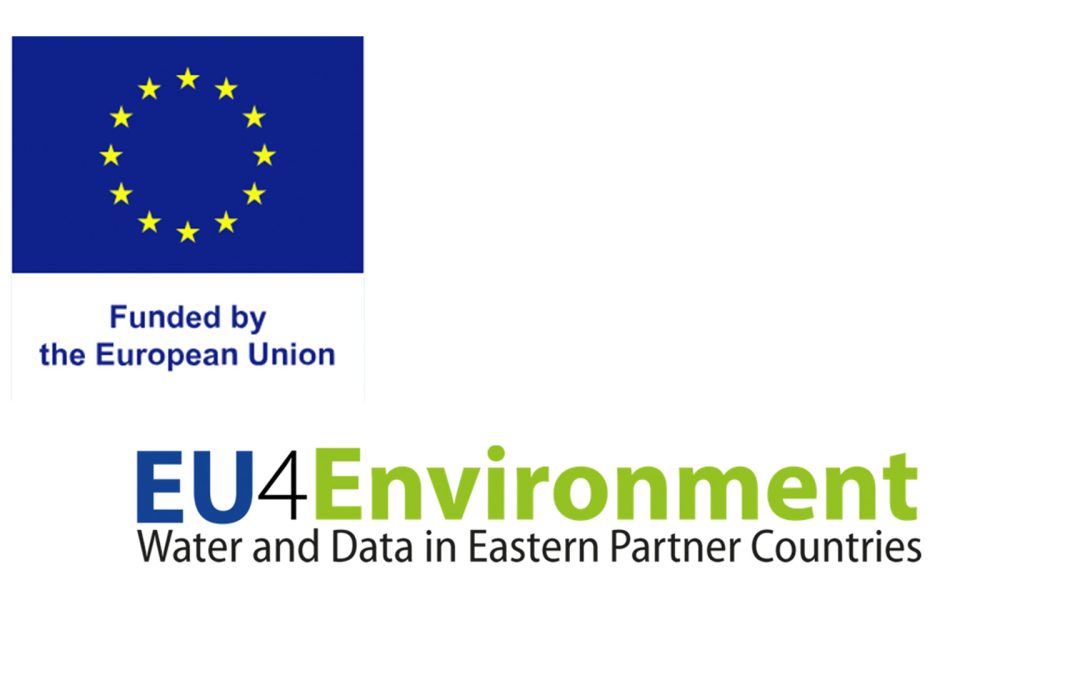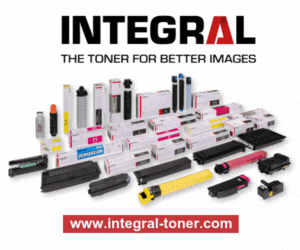Brussels seeks views on landmark Circular Economy Act – a critical moment for remanufacturing voices.
The European Commission has launched its consultation on the forthcoming Circular Economy Act (CEA) – a regulation set to reshape the EU’s waste, recycling, and remanufacturing landscape. Adoption is targeted for late 2026.
The CEA aims to boost economic security, competitiveness, and decarbonisation by breaking down barriers to cross‑border trade in ‘circular’ products, secondary raw materials, and waste. It will directly address the slow uptake of recycled materials, aiming to create a stronger single market for circular goods.
Two key priorities stand out for the imaging sector. First, the CEA will put e‑waste under the spotlight – the fastest‑growing waste stream in Europe, of which less than 40% is currently recycled. Printers, cartridges, and key components fall squarely within its scope. Second, the Act will seek to harmonise fragmented rules across Member States, simplifying compliance and potentially easing the movement of used products and parts.
The Commission is considering economic incentives, mandatory recycled‑content targets, and greener public procurement rules to stimulate demand. It also intends to simplify extended producer responsibility schemes, cut red tape, and tighten verification to block fraud – measures that could have both positive and challenging impacts on remanufacturers.
The consultation is open until 6 November 2025, and contributions are invited from businesses, SMEs, industry associations, public authorities, and citizens. So far, feedback is dominated by niche recycling interests – with the imaging consumables sector notably absent. This risks leaving the final regulation shaped by others, with little regard for the specific realities of our industry.
Once the consultation closes, the Commission will prepare a synopsis report summarising all views before drafting the regulation. As a proposal for a Regulation, not a Directive, the CEA will apply directly across all EU Member States once adopted.
For remanufacturers, the stakes are clear. This is an early, rare chance to influence legislation that could strengthen or severely disrupt the imaging reuse market. Silence now could mean missed opportunities – or unintended consequences. The time to speak up is now.




















